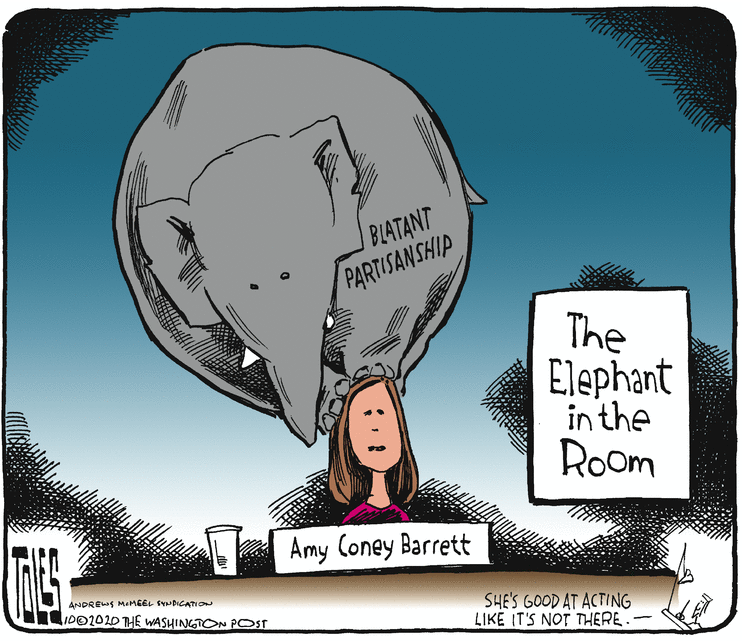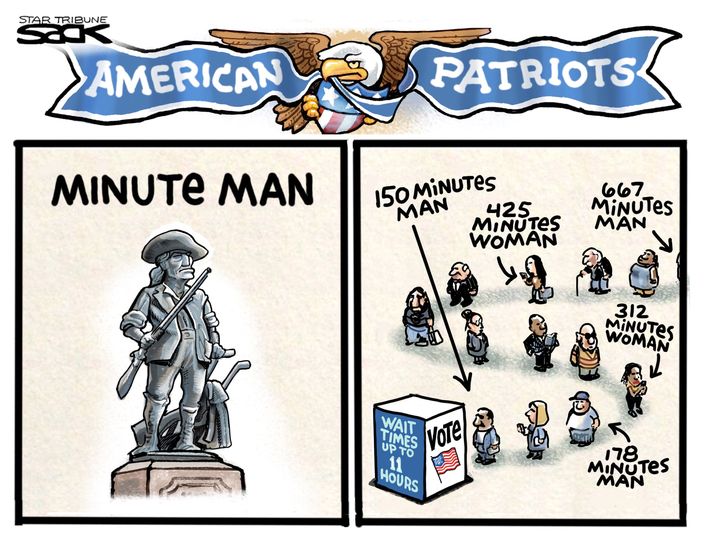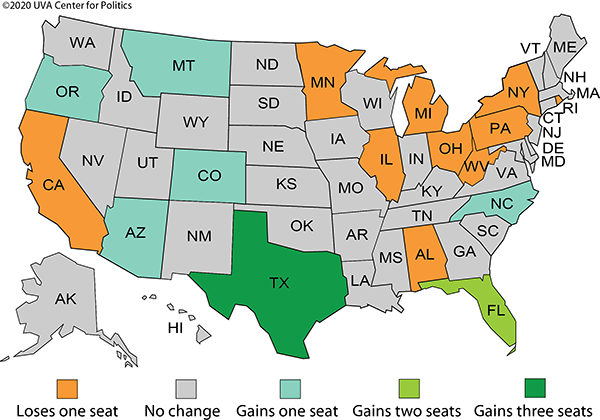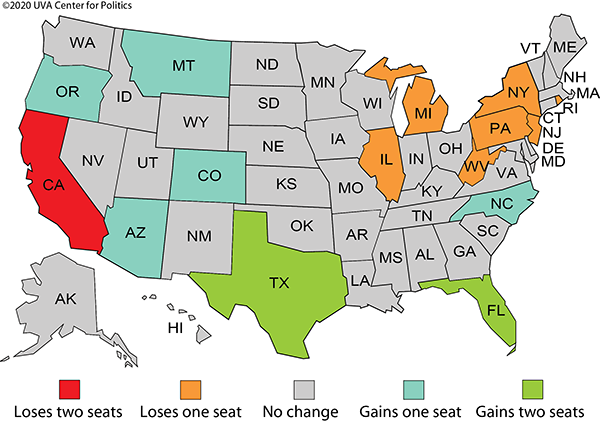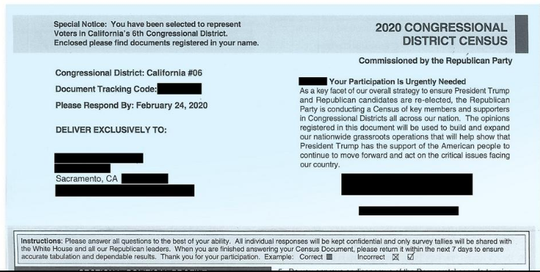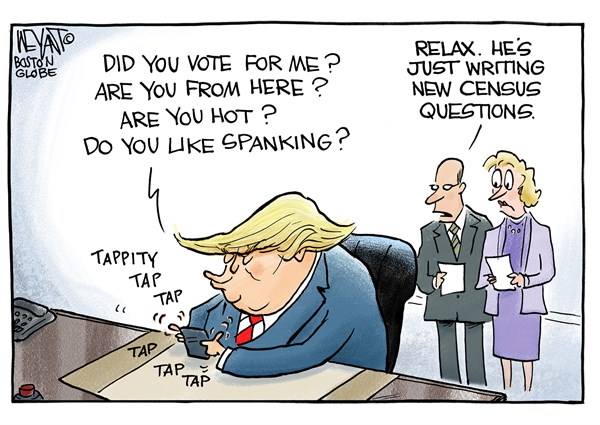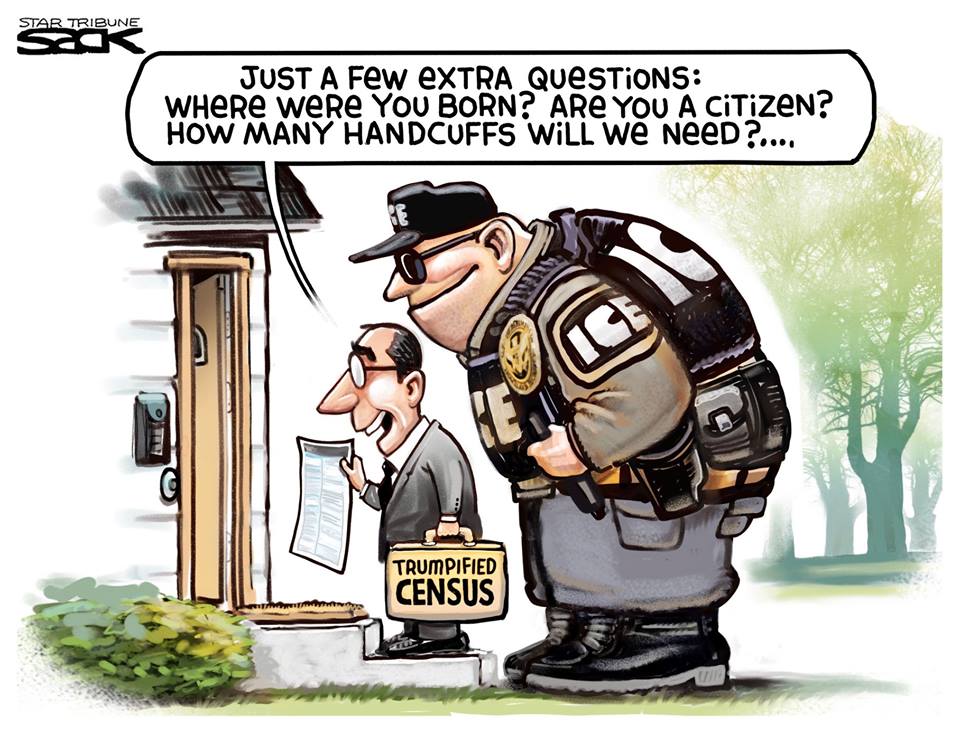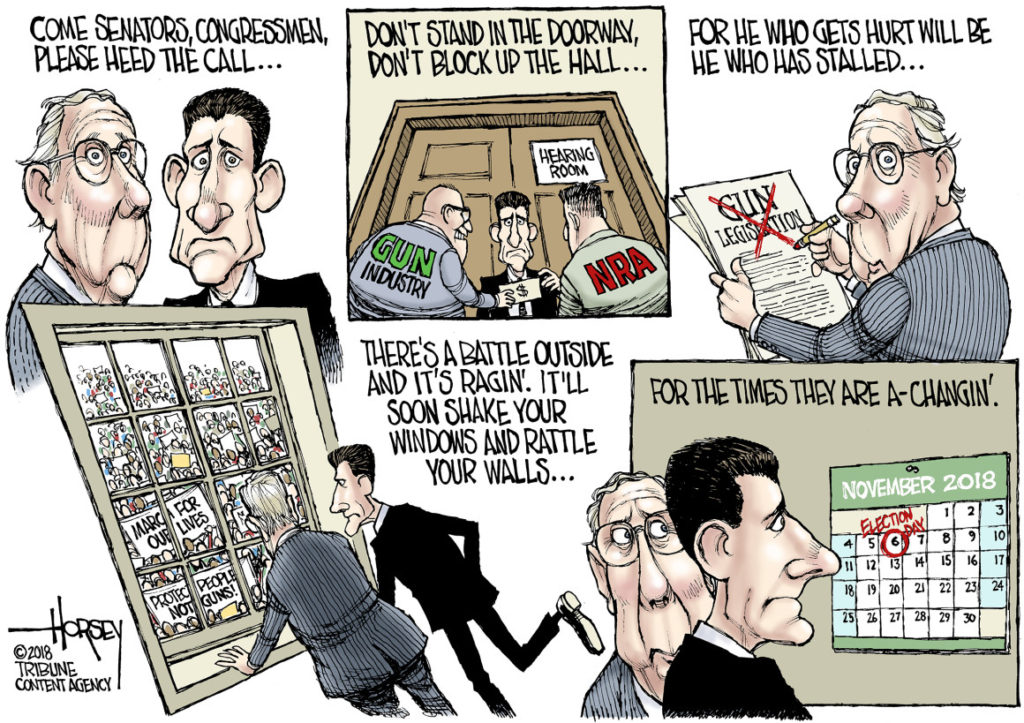Sorry there wasn’t a Saturday Soother this week. Instead of writing for you, Wrongo and Ms. Right went to an outdoor concert at New Jersey’s PNC Arts Center. It’s an outdoor amphitheater that seats about 7,000, with lawn seating for maybe another 10,000.
Very few people wore masks, but NJ doesn’t require masking at outdoor venues. And they didn’t check for vaccine cards. Will the show we saw become a super-spreader event? Let’s hope not.
The 2021 summer concert season has seen conflict over masking and vaccination requirements. With the spread of the Delta variant, a loose consensus has taken shape. Starting in October, fans must provide proof of vaccination, or a negative test at most venues. Some venues and artists already insist on them.
But the decision process is complex. States like NJ have a say, and so do the artists. Live Nation and AEG Presents, the two global companies that dominate the concert business, have each announced that, by October, most venues and festivals they control in the US will require vaccinations or negative tests for entry.
We all need think about our personal response to seeing concerts in light of this from Fortune:
“In short: There is now mounting evidence that mRNA-based vaccines such as Pfizer’s and Moderna’s lose potency over time and especially against the Delta variant, and that the Pfizer vaccine’s efficacy drop is significantly more dramatic.
More: (emphasis by Wrongo)
“…discouraging new research from the Mayo Clinic forced investors to question how long the Pfizer vaccine remains effective at preventing coronavirus infections and protecting those who are vaccinated from getting sick with a Delta variant case. Pfizer’s shot may be significantly less effective than Moderna’s against breakthrough infections (42% efficacy for Pfizer/BioNTech versus 76% for Moderna), according to the data…”
The Mayo Clinic study, which hasn’t been peer-reviewed, noted that between January and July, Moderna’s jab was 86% effective at preventing infection, while Pfizer’s was 76% effective. But for the month of July alone, those numbers fell to 76% for Moderna and 42% for Pfizer. Researchers observed similar drops for the Pfizer shot outside of Minnesota in states with high COVID counts such as Florida.
If this trend holds true in peer-reviewed research, public health officials, drugmakers and medical institutions will have to rethink their approach to fighting the Delta variant. In fact, we may need to think carefully about how we will live if Covid becomes endemic.
The good news is that for now, if you are vaccinated but infected, you probably won’t need hospitalization, and you most likely won’t die. The bad news is you won’t know you’re infected until symptoms set in, meaning you can still spread the virus to anyone you meet.
Do the world a favor. Wear a mask. On to cartoons.
The race that never ends:

Opposition to basic safety will literally be the death of us:

One way to get school kids masked up:

One way to convince the vaccine hesitant:

New Census worries GOP:

DC has wrong priority for infrastructure:




